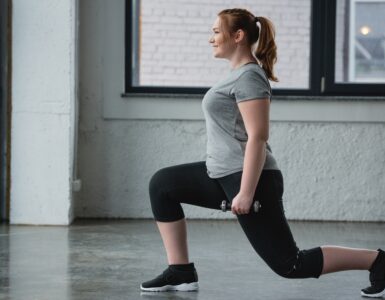Wendy Douglas with Ogden Regional Hospital, shares five things every woman can do, to promote heart health.
______________________________________________________________________________
Know your risk factors for heart disease:
Women tend to drastically underestimate their own risk for cardiovascular disease. The American Heart Association has an online risk assessment tool that will help you identify your specific risk factors. Additionally, this website will provide tips to help you develop an action plan to make the necessary modifications in your lifestyle that will lead you towards a healthy heart. www.americanheart.org/presenter.jhtml?identifier=3003499
• Modifiable cardiovascular risk factors include:
1. smoking
2. hypertension (high blood pressure)
3. diet
4. dyslipidemia (abnormal cholesterol values)
5. physical inactivity
6. obesity
7. diabetes
Risk Factor Modification
Getting motivated is half of the battle. Dig deep and find something that is personally motivating for you to get started on your journey towards a healthier heart. Let go of the past. What’s done is done, move forward with a positive attitude. Do the best with what you have. Focus on the positives and embrace the fact that you are working on a healthier you. Be patient and persistent. It has taken your whole life to get to where you are now and any changes that can be made towards a healthier heart will take time and effort. And don’t forget to celebrate your successes!
Exercise
Find something that you enjoy. Exercise does not have to be a chore. One size does not fit all. Do not try to have someone else’s exercise plan fit you. Do what you like when it fits your schedule. Exercising in the morning is beneficial for a lot of people because it doesn’t get ignored later in the day. The American Heart Association recommends 30 to 60 minutes of aerobic exercise (continuous in nature – example; walking, biking, hiking, swimming etc.) on most days of the week. For weight loss and weight maintenance, 60 to 90 minutes of exercise on most days of the week is most effective (a 20 pound weight loss will result in a 5-20 point reduction in blood pressure.) Breaking the total minutes of daily exercise into shorter time intervals may fit your lifestyle better with the same benefit.
Eat Healthy
Healthy eating does not have to be painful or boring. There are many flavorful foods that are good for you.
• It is important to eat low fat. Low fat foods might include; leaner cuts of meat, low fat dairy products as well as fruits and vegetables. Lower fat cooking methods helps to keep healthy foods healthy (broil, grill, bake and microwave rather than fry or deep fry. When you must use oils, choose healthy oils such as canola and olive oil or a low fat cooking spray.).
• Control portion size. This is easier to accomplish if you serve your food on a plate rather than eating out of a box or bag.
• Focusing on fiber helps in many ways. High fiber foods tend to be naturally low in fat and flavorful, these foods are also filling.
*Eating a large apple, an orange and a banana all at once has about the same calories as a candy bar with much more fiber, to say nothing of all the vitamins and minerals.
Be aware that signs and symptoms of a heart attack can be different for women than for men.
Women presenting with a first heart attack are generally older than men (by six to ten years) and are more likely to have a history of diabetes, hypertension and hyperlipidemia than their male counterparts. Women often use different words to describe the quality of pain that they are experiencing such as “sharp” or “burning”. Women’s symptoms differ from men when experiencing a heart attack. Women are more likely to experience pain in the neck, jaw, or back and nausea in addition to chest pain. Some women presenting with a heart attack have no pain at all. Symptoms can include shortness of breath, weakness and fatigue.The differing symptoms that women experience may result in greater delays in both seeking and receiving medical care. Women who are at risk for CVD are often not referred for diagnostic testing that would be standard in men. Only about 33% of percutaneous coronary interventions, such as angioplasties and stent placements, are performed on women.














rhaglen instagram lawrlwytho delwedd am ddim
prenosnik ig kolutov
download instagram video
instagram online full hd reels download